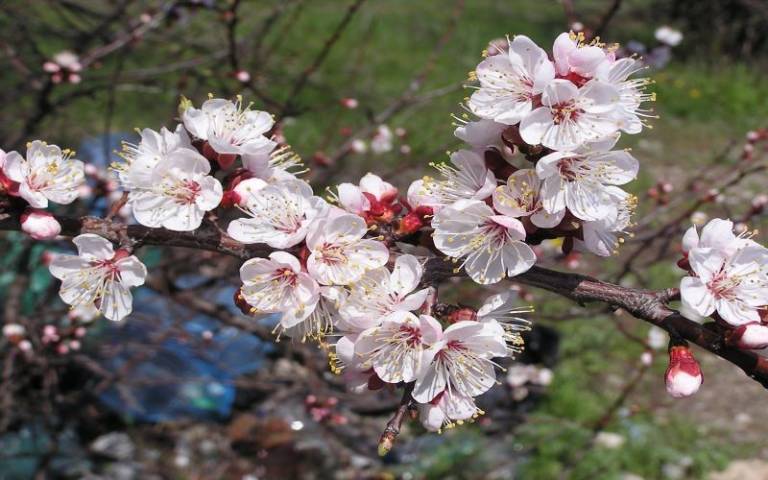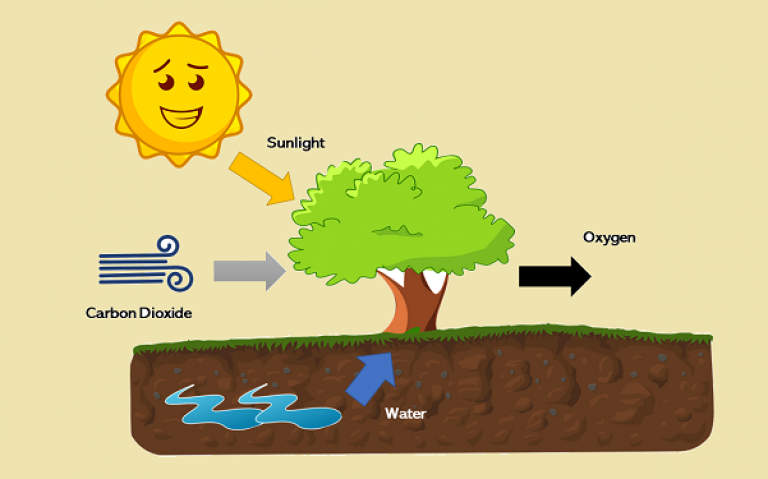How do plants produce oxygen?
Plants, just like people, need food to survive.

29 March 2021
Plants, however, can’t just run down to the shop and get the ingredients for a nice sandwich for their lunch! So, they have to make their own kind of food.
Plants make their food in a process called photosynthesis. What a big word! It actually means “making things using light”, photo meaning light, and synthesis meaning “to make”.
Plants need three main ingredients to make their food: water, carbon dioxide and sunlight. Plants take up the water that they need from the soil through their roots. Carbon dioxide is a gas found in the air; plants can take in this gas through tiny holes in their leaves. Once they have water and carbon dioxide, they can use energy from sunlight to make their food. The leftovers from making the plant food is another gas called oxygen. This oxygen is released from the leaves into the air. Take a look at the picture below to see this system in action.

This leftover oxygen is really important because humans and other animals need this oxygen to live which we breathe in from the air. When we breathe out, we release carbon dioxide into the air which is then used by the plants to make their food and the cycle starts all over again. This system is called the oxygen cycle.
Hopefully you can see that plants and the process that makes oxygen is important for the plant, but also for humans and other animals as well! What do you think would happen to the amount of oxygen available if we were to chop down all the trees? Do you think this would be good for humans and other animals?
If you would like to see this process in action, here is a little experiment you can try at home! Carefully take a green leaf from a plant and put it in a glass of water, make sure the leaf is fully submerged in the water. Leave the glass in the sun for an hour or so. When you come back, what can you see on the leaf and on the sides of the glass?
 Close
Close


